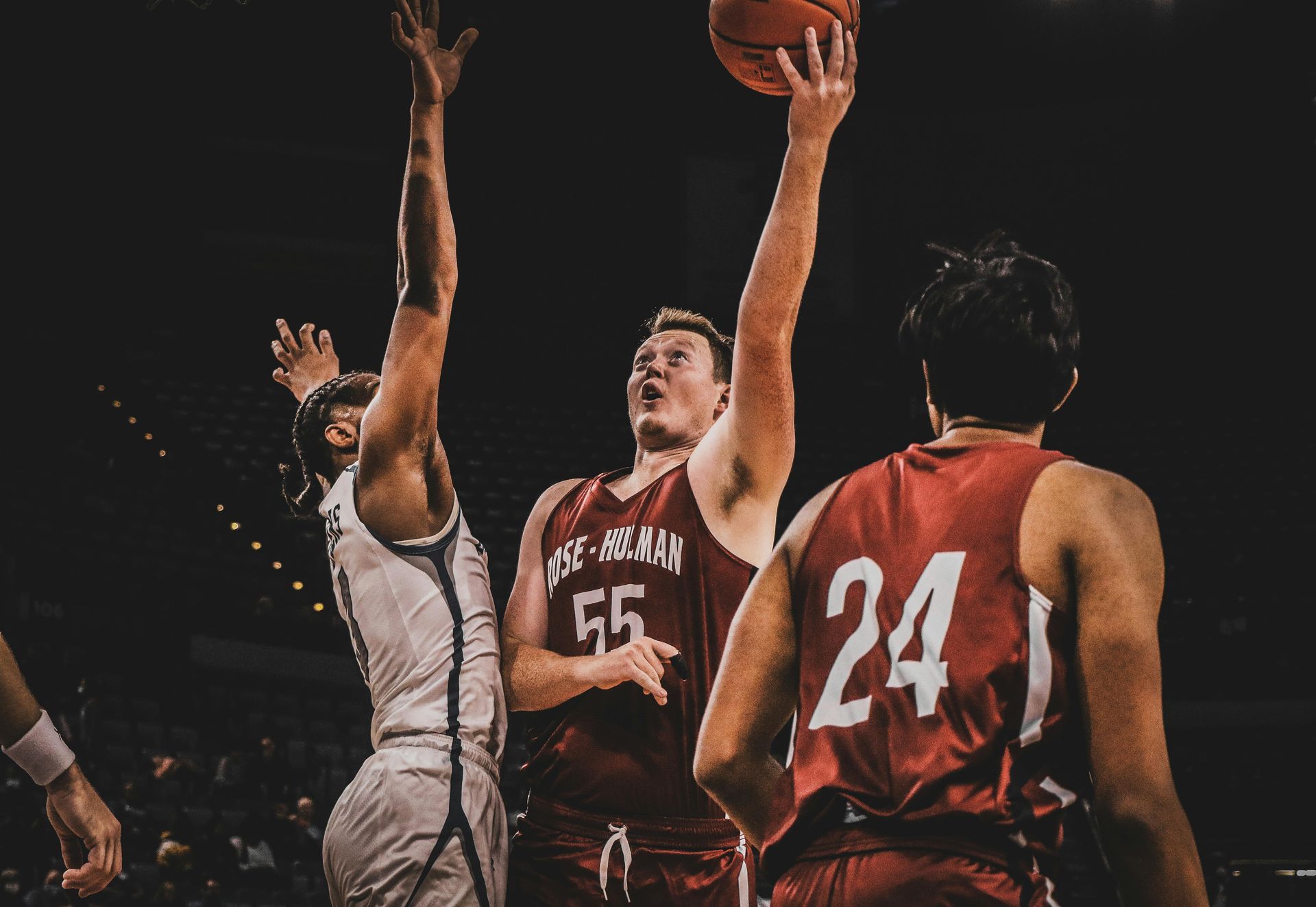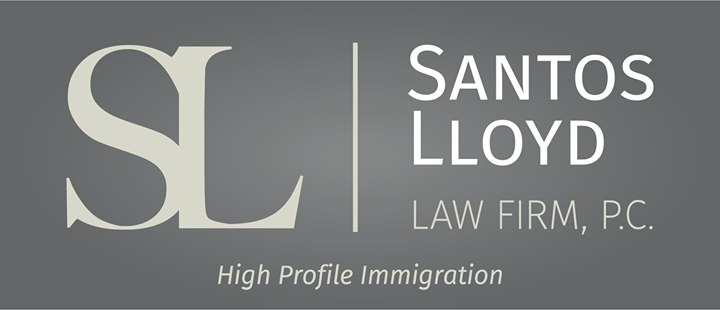Proceso de visa O1B
1. Evidencia de que el beneficiario ha realizado y realizará servicios como participante protagónico o estelar en producciones o eventos que tienen una reputación distinguida como lo demuestran críticas, anuncios, comunicados publicitarios, contratos de publicaciones, patrocinios.
2. Evidencia de que el beneficiario ha logrado reconocimiento nacional o internacional por logros evidenciados por reseñas críticas u otros materiales publicados por o sobre el individuo en los principales periódicos, revistas especializadas, revistas comerciales y otras publicaciones.
3. Evidencia de que el beneficiario ha desempeñado y desempeñará un papel protagónico, estelar o crítico para organizaciones y establecimientos que tengan una reputación distinguida evidenciada por artículos en periódicos, revistas especializadas, publicaciones o testimonios.
4. Evidencia de que el beneficiario tiene un historial de importantes éxitos comerciales o aclamados por la crítica, como lo demuestran indicadores tales como título, calificación, reputación, recibos de taquilla, calificaciones de películas o televisión y otros logros ocupacionales informados en revistas especializadas, periódicos importantes, u otras publicaciones.
5. Evidencia de que el beneficiario ha recibido reconocimiento significativo por sus logros por parte de organizaciones, críticos, agencias gubernamentales u otros expertos reconocidos en el campo en el que se encuentre involucrado el extranjero. Dichos testimonios deben estar en una forma que indique claramente la autoridad, la experiencia y el conocimiento del autor de los logros del extranjero.
6. Evidencia de que el beneficiario ha cobrado un salario alto o cobrará un salario alto u otra remuneración sustancial por los servicios en relación con otros en el campo, como lo demuestran los contratos u otra evidencia confiable.
- La evidencia debe presentarse en una carta de presentación que exponga los argumentos sobre los requisitos que se argumentan como cumplidos.
- Si la persona puede cumplir con los requisitos, deberá tener un peticionario que puede ser un agente de visas o un empleador, que puede ser un individuo o una empresa, según el tipo de trabajo.
- La persona debe poder proporcionar contratos para el trabajo que realizará en los Estados Unidos si se aprueba la visa. Los contratos o memorándums de la obra deberán cubrir el período de vigencia de la visa que se solicita.
- También debe haber un itinerario que enumere los detalles de cada proyecto.
- También existen formularios que deben ser llenados y firmados tanto por el beneficiario como por su peticionario.
- Según el tipo de trabajo que la persona realizará en los Estados Unidos, deberá solicitar cartas de consulta de una o más organizaciones designadas por USCIS. Por lo general, hay tarifas para las solicitudes de cartas de consulta de la organización y también hay tarifas de presentación para la petición en sí que deben pagarse a USCIS. Las tarifas de presentación varían dependiendo de si desea hacer la ruta de procesamiento regular o la ruta de procesamiento premium.
El proceso puede ser abrumador, especialmente para alguien que nunca ha hecho esto antes, y hay mucho papeleo e información que debe recopilarse. Es importante contar con la orientación de un abogado para asegurar un resultado positivo de su caso.
Este blog no pretende ser un consejo legal y nada aquí debe interpretarse como el establecimiento de una relación abogado-cliente. Programe una consulta con un abogado de inmigración antes de actuar sobre cualquier información que lea aquí.
Similar Posts








